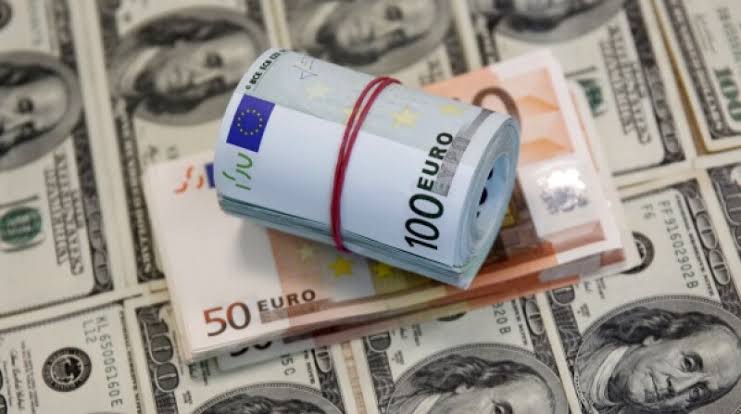Oct 07, 2022
VOT Research Desk
Investors are anticipating the US employment report for September.
An NFP print might give the pair strong impetus.
On the Friday in the early European session, the EUR/USD entered a stabilization period at about 0.9800 as investors refrained from placing significant wagers before the crucial US September employment report.
The risk-averse market climate helped the dollar gain ground on its competitors on Thursday. A further lift to the currency came from rising US Treasury bond rates in response to hawkish Fed remarks, and the US Dollar Index (DXY) finished the second day in a row in the green.
“I see rates moving higher than the median of Fed officials, and I expect more persistence in inflation,” Cleveland Fed President Loretta Mester said late on Thursday. In the meanwhile, Fed Governor Christopher Waller stated that strong monetary policy deployment is both possible and necessary to reduce inflation.
The US Bureau of Labor Statistics will present the labor market data in the afternoon. Investors anticipate that Nonfarm Payrolls (NFP), which increased by 315,000 more than anticipated in August, will climb by 250,000 in September. The Labor Force Participation Rate is anticipated to decline to 62.2% from 62.4%, while the Unemployment Rate will remain steady at 3.7%.The market’s response to the NFP should be simple. The dollar will undoubtedly benefit from healthy growth in nonfarm payrolls and vice versa. The number of weekly initial jobless claims steadily decreased in September, while the ISM’s most recent PMI surveys showed that employment was rising in the service sector and slightly declining in the manufacturing sector.
The Fed was able to maintain its aggressively hawkish stance since the prior four NFP data exceeded market expectations. Even if one weak reading is unlikely to have a big impact on the Fed’s policy direction, the absence of a significant decline in the DXY since early summer raises the possibility that market players are seeking for a chance to sell the dollar.
EUR/USD Technical Report
The Relative Strength Index (RSI) indicator on the four-hour chart fell below 50 after Thursday’s slump. However, the signal has subsequently been drifting sideways, indicating that sellers are now holding back.
The Fibonacci 50% retracement of the most recent rally, at 0.9780, serves as the initial support on the downside, followed by 0.9720 (Fibonacci 61.8% retracement) and 0.9650. (static level).
The Fibonacci 38.2% retracement, 100-period SMA, psychological level, and the Fibonacci 23.6% retracement are resistance levels, as are 0.9830, 0.9900, and 0.9920. (200-period SMA).









